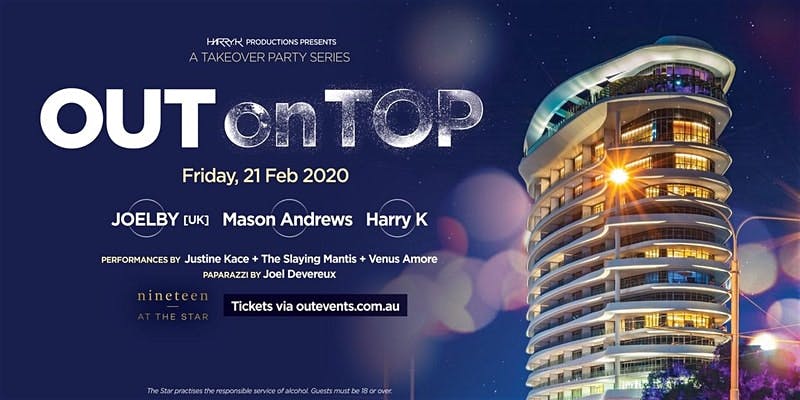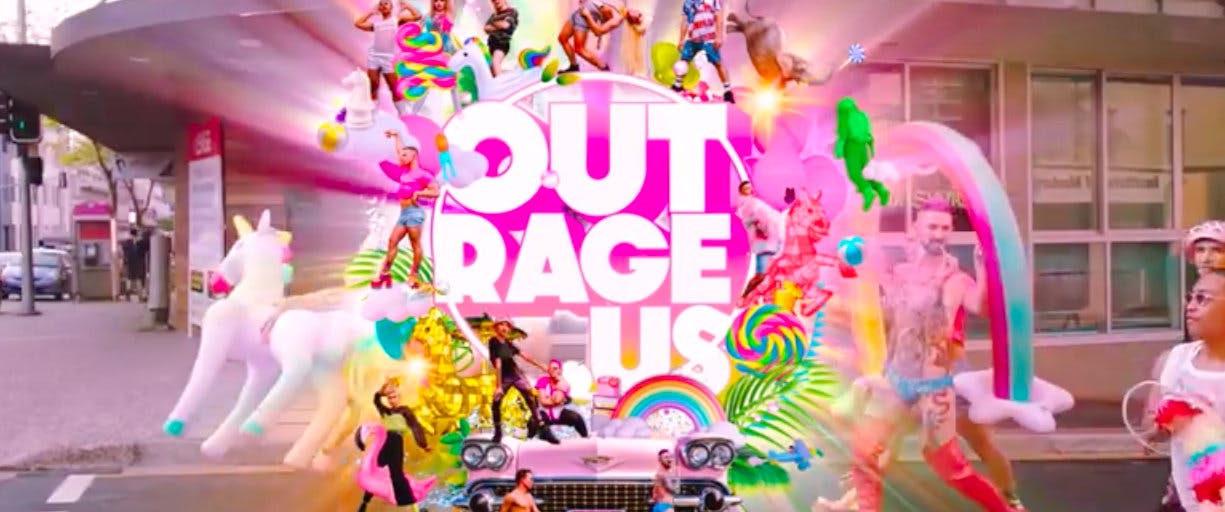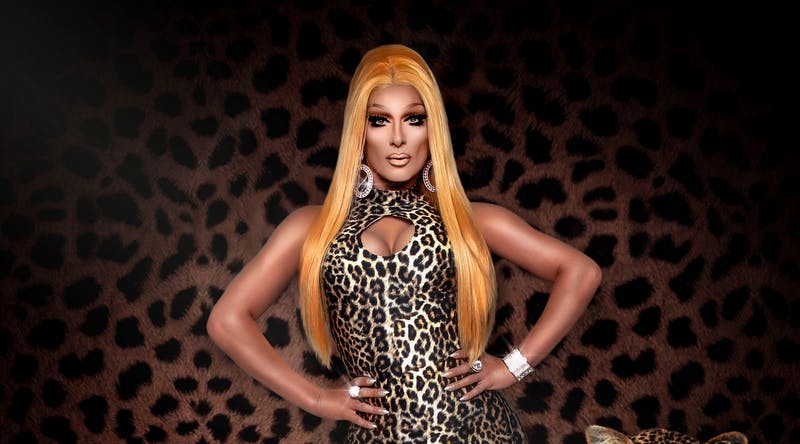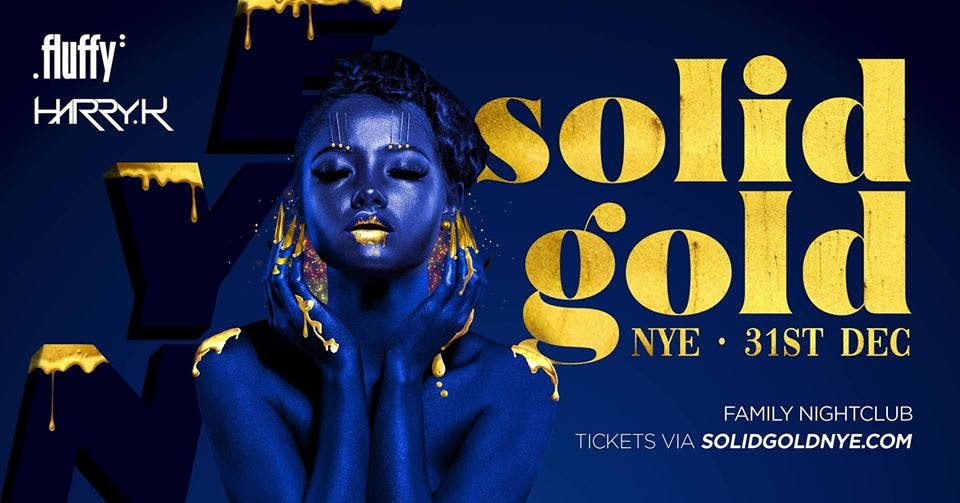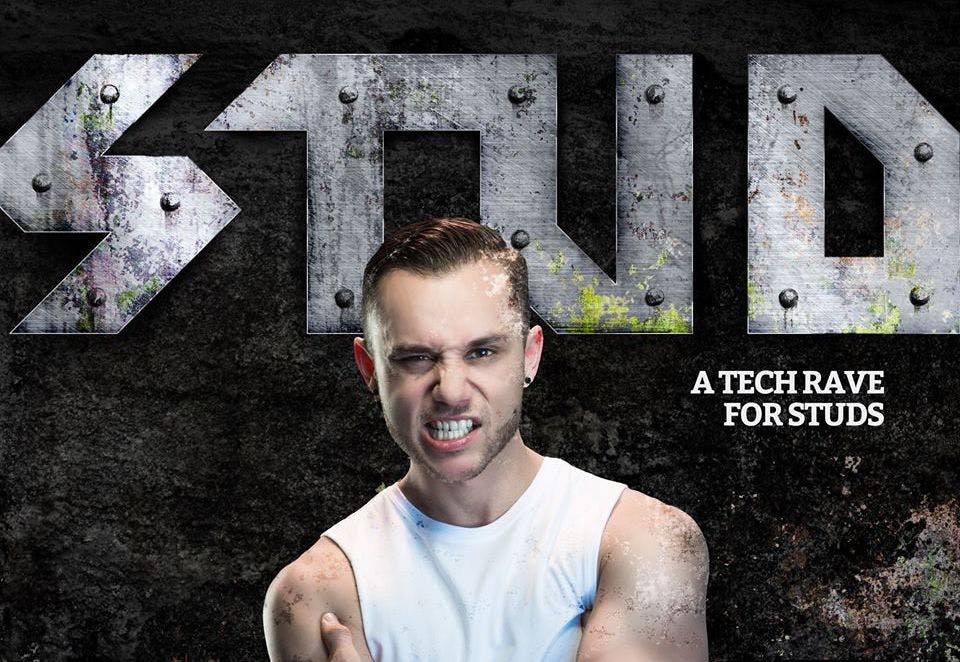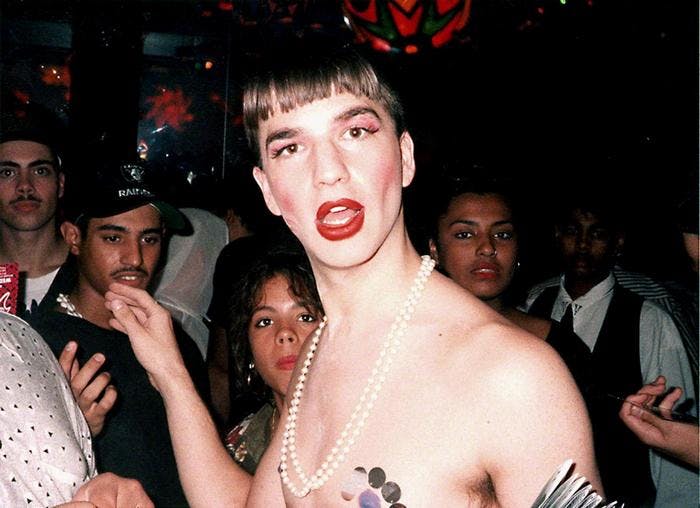
Poof Doof returns to Brisbane this weekend with its very own Party Monster Party. Taking inspiration from the 2003 film of the same name starring Macaulay Culkin and Seth Green, the party is set to celebrate the iconic club kid culture of the eighties and early nineties.
However, for those not familiar with the cult classic film or educated as to how the Club Kids evolved the club scene, I thought it would be best to provide a brief history of the club kids.
The Club Kids rose to fame in the late 80s with their outrageous looks and outlaw parties that built an extravagant underground club scene that as their popularity grew they defined an era of the New York nightlife.
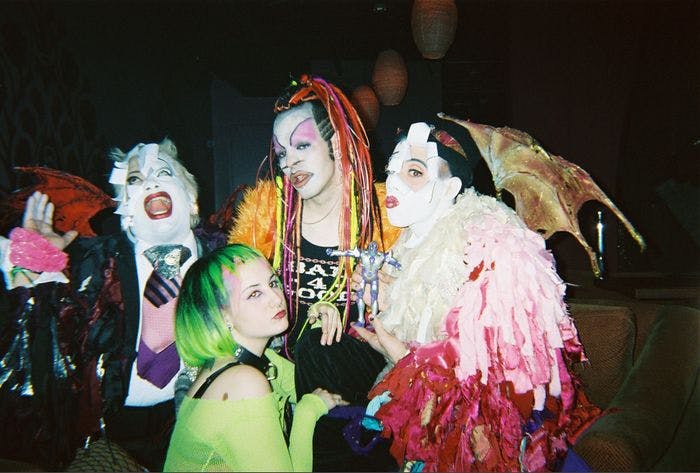
Before social media, the Club Kids were the original influencers. Gracing the dancefloors of New York's most legendary nightclubs and featured in the most prestigious and sought-after style and society pages of their time.
They created a hedonistic community that emphasised excess, outrageousness, and fabulousness. Where the gay, transgender, and disenfranchised could be freely celebrated. They flaunted gender fluidity, drug use, sexuality, avant-garde lifestyle and DIY fashion on talk shows and interviews. They shocked the public while inspiring a movement that would spread across America to reshape the nightclub landscape.
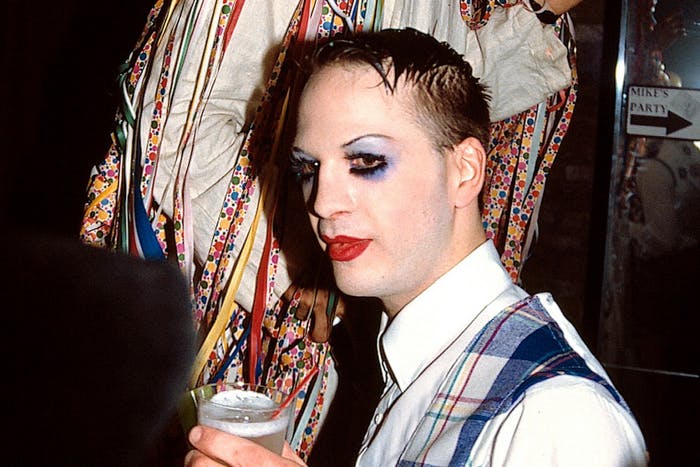
The most well known of the Club Kids is without a doubt Michael Alig. Along with well-known nightlife personality James St. James, the pair wanted to make their impact on New York and the club scene, and that they did through throwing outrageously themed parties.
As the core group of Club Kids expanded and their popularity grew, Alig moved from throwing parties in the backrooms of lesser known clubs to working with the "King of New York Clubs," Peter Gatien and his clubbing empire.
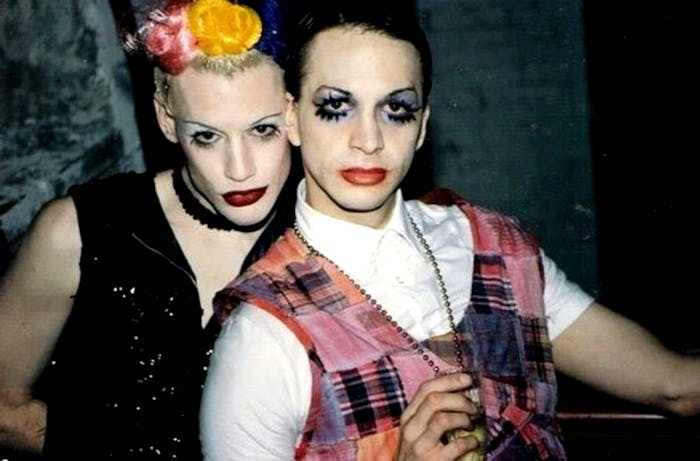
To further draw crowds into the venues they were promoting, Alig and his Club Kids began throwing their famous Outlaw parties. Along with their Club Kids aesthetic, they would hijack locations such as takeaway shops and subways, partying until the police appeared to shut them down and attendees would flee to nearby clubs that the Club Kids were promoting.
The Club Kids continued to make headlines, and at the height of their cultural popularity, they toured the United States throwing parties, recruiting new club kids and appeared on several talk shows.
However, the life of excess and heavy drug use caught up with Michael Alig when on Sunday, March 17, 1996, he and his roommate Robert "Freeze" Riggs killed former Limelight employee and well-known drug dealer Andre "Angel" Melendez after an alleged disagreement about a long-standing drug debt.
It was this event that began the decline of the Club Kids movement. By the mid-1990s, mainly in part to Mayor Rudy Giuliani's "Quality of Life" crackdown on New York's nightclubs, the Club Kids as they were known had no option but to disperse.
While Twenty years have passed, and the era of the original Club Kids has ended. However, there is no denying their legacy lives on through today's fashion, music, film, and TV. But more importantly, it lives on in our own ability to embrace our individualism and in some cases our free choice as to whether or not we conform to the mainstream.
Channel your inner Party Monster this Friday!
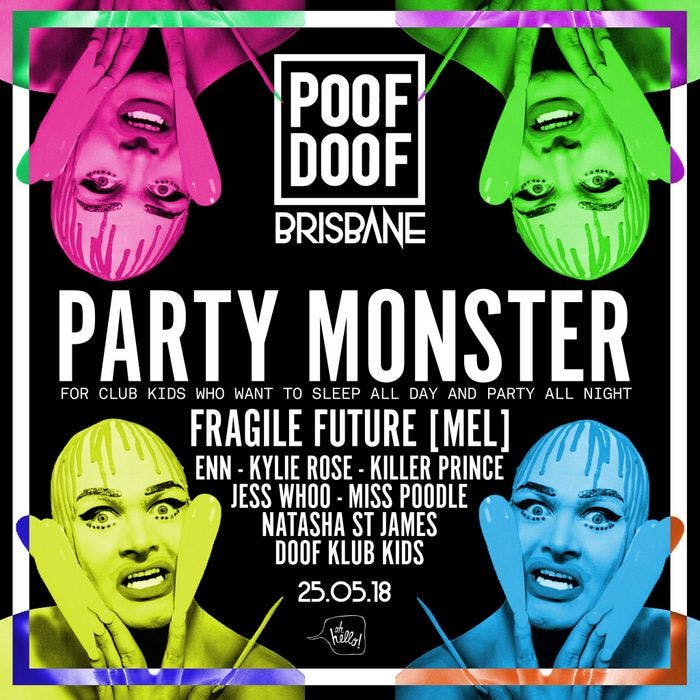
POOF DOOF BRISBANE | PARTY MONSTER
24th of May @ Oh Hello.

